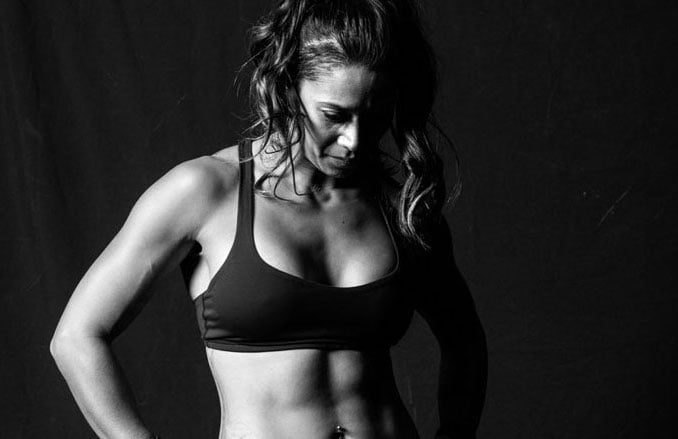Knowledge
De-Narcissize Your Practice
Articles, Miscellaneous

De-Narcissize Your Practice
If you think your practice is the only way, you should read on…
“Methods are a means or systematic way of accomplishing a goal or a specific task. Every method will work for someone, however, no method is going to be effective for everyone.” What better quote, courtesy of Dr Evan Osar, to start this article.
All interventions are stressors that we apply to the human system to promote a change. An intervention, or a specific “class” of interventions, may work for some time…and then not. You see that’s the beauty of the human system: it’s adaptability. But the human system is complex, and complex systems are non-linear, they are capricious, they are volatile.
Adaptability is a two-sided coin. On the one hand, it’s what allows training to even work. The principle of overload is based on physiological adaptation. On the other side, overload alone will only work for some time, also because of adaptation. Variability is what challenges adaptability at any given time, and the way I see it, you need to constantly challenge adaptability. Change is good. The ability to change is also good. The ability to manage change effectively is great.
I’m big on balance…“too much is like not enough” type of balance. I don’t think a single approach, intervention or method can work every time, all of the time, for every person. What irks me in this industry is that people spend more time trying to prove that their approach, method or intervention is the best than focusing on how they can be the best of themselves to give their clients the highest level of care. While this involves a multitude of things that would make for a much too long article, here are two important points:
- Being the best you can mean having a good toolbox and knowing how to use your tools. In this case, I don’t mean a squat vs a lunge, a barbell vs a dumbbell, isometrics vs eccentrics, or whatever (or at least, I don’t mean just that). I mean identifying a client’s barriers and interpreting their behavior so that you can determine the appropriate intervention. I mean not getting tunnel-visioned into one way of doing things or one “class” of interventions.
- The appropriate intervention might not be yours, or at least maybe not yours alone. So, surround yourself with a network of people you can collaborate with for your client’s best interest.
Here are a few other random thoughts to get you going on what I mean:
Some adaptations are pathological, especially in athletes. System variability can be intentionally limited at specific times or under specific circumstances, but there is an optimum beyond which the system will start to fail. For example, powerlifters need to support the spine in the multiplanar movement to preserve degrees of freedom otherwise their distal joints may tend to lockdown. Crossfitters need to do bodybuilding, watch this video: https://thibarmy.com/crossfitters-need-bodybuilding/
“Always and never are two words you should always remember never to use” -Wendell Johnson. Choose your limiting factor. For example, if you want to do heavy deadlifts but you “never” use an alternate grip, your grip will limit your deadlift.
Behavior is constructed by the brain and movement is behavior-based, but there are biomechanical constraints within which we work that cannot be ignored. Yes, sensory input influences movement, but so do tissue constraints. Every health profession has its place (and time).
In closing, I leave you with a little something from George Box (cuz I’m a bit of a geek)… “Essentially, all models are wrong, but some are useful.”
– MLD